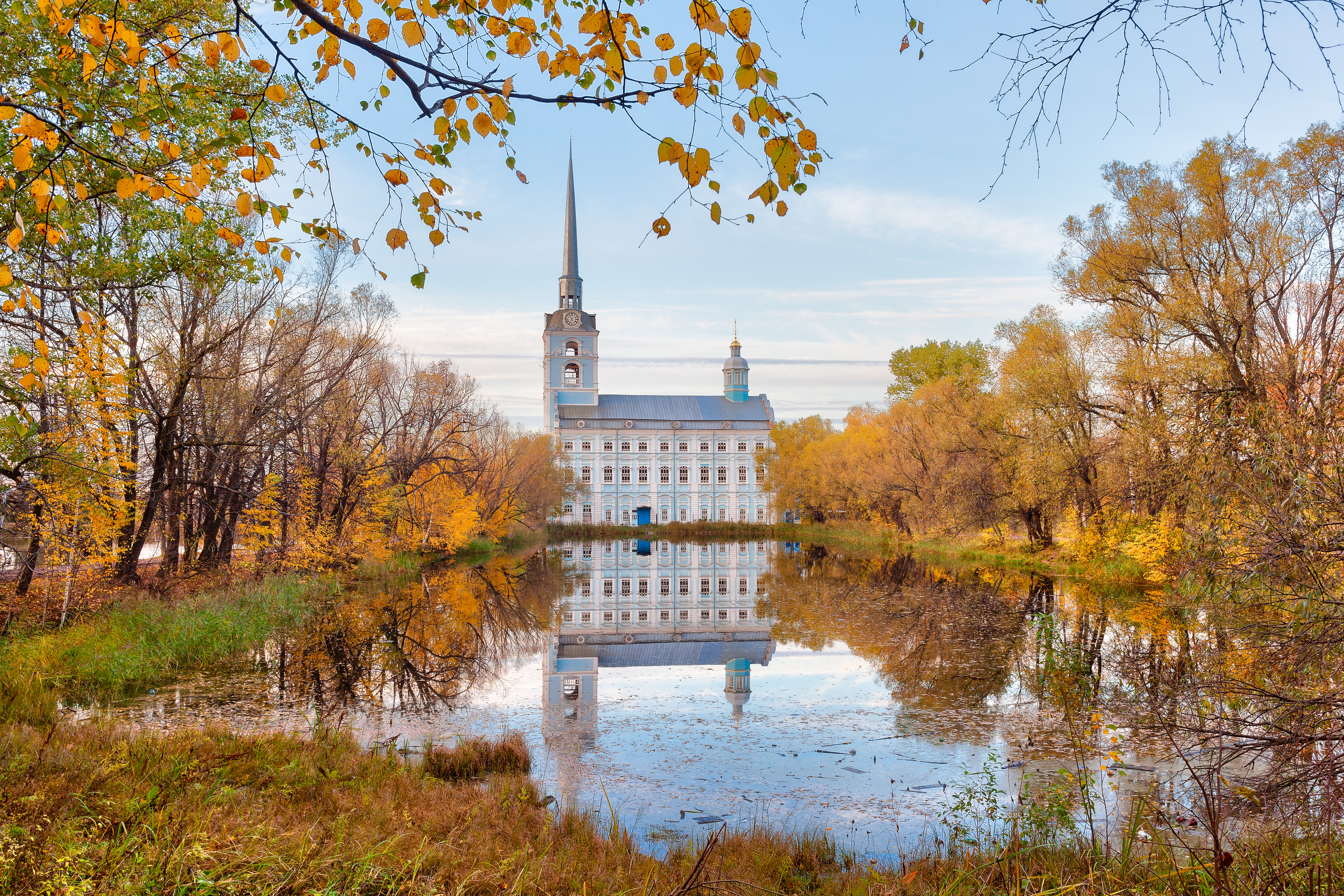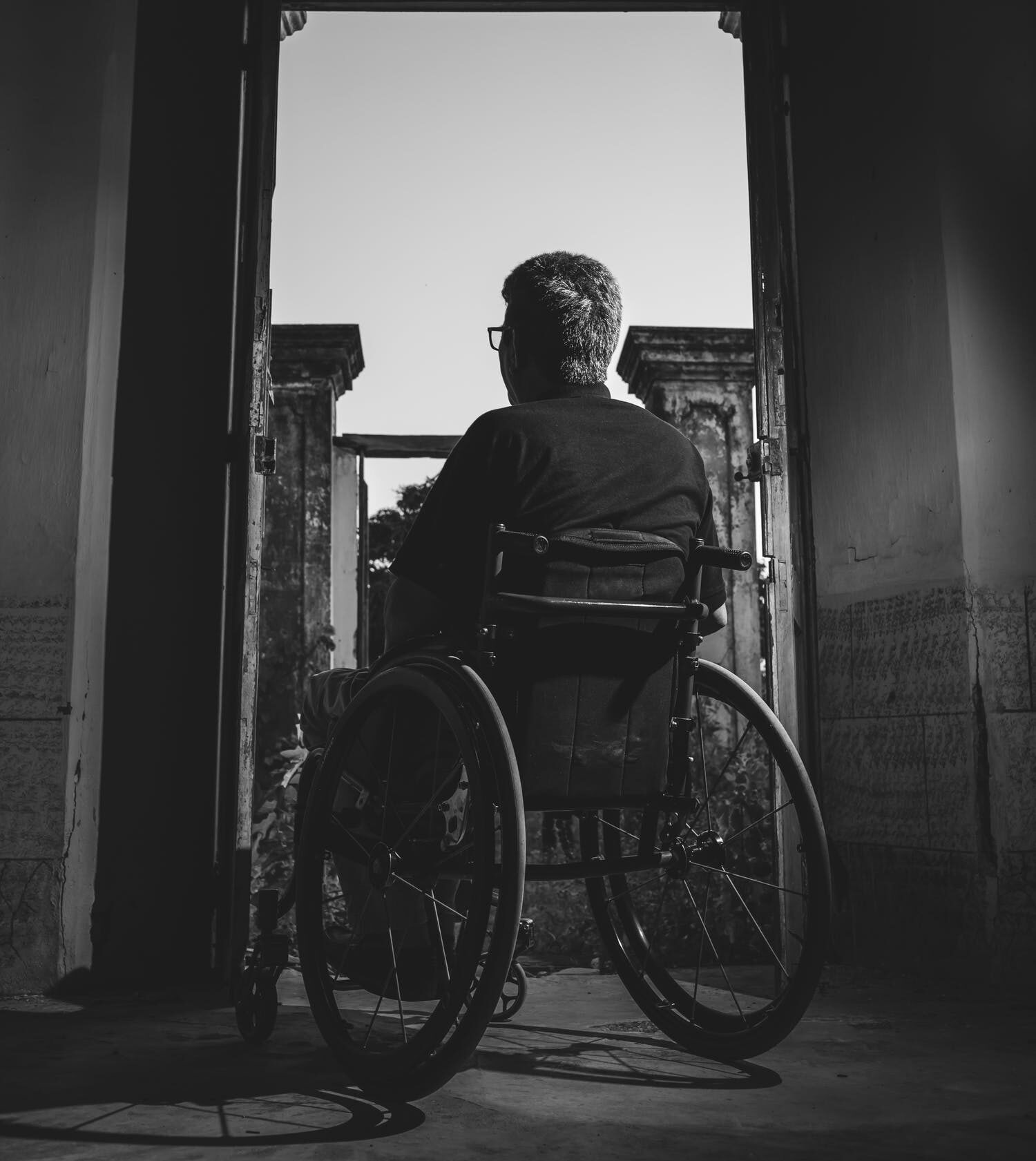Art historians call Yaroslavl the, “Florence of the Russian North,” for its rich cultural and historical heritage and the magnificent architectural ensembles of sixteenth to twentieth centuries presented there.
Situated at the confluence of the Volga and the Kotorosl Rivers 250 km northeast of Moscow, Yaroslavl is one of the oldest cities in Russia with a population over 600,000. Yaroslavl is one of the “Golden Ring” cities, a group of ancient cities northeast of Moscow that have preserved unique Russian historical and cultural monuments. It was named after a prince of Kievan Rus, Yaroslav the Wise, who founded the city in 1010.
The historical city center of Yaroslavl, a UNESCO World Heritage Site, fully retains the appearance of the nineteenth century, during which construction of buildings above three floors was not allowed. That continues to be respected to this day, so visitors always feel calm and tranquil. Embraced by the two rivers, the big Volga and the smaller Kotorosl, and still dotted with onion domes, things have remained unchanged in Yaroslavl.

Photos by Ilya Beskhlebnyy
When you are walking along the city center, the first thing that catches the eye among the endless array of unique architectural monuments is the Yaroslavl State Historical-Architectural and Art Museum-Reserve – one of the oldest museums in Russia, and the largest in the Yaroslavl region. Since 1959, the Yaroslavl Museum-Preserve has been located within the architectural ensemble of the former Monastery of the Transfiguration of the Savior, the most ancient structure in the city; it was built in the twelth century. Inside the monastery lives a collection of ancient Russian icons and the very first printed edition of “The Song of Igor’s Campaign,” Russia’s most famous literary achievement of the Middle Ages. A 28-year-old bear, Masha, also lives on the premises in a special enclosure with her own bath and amusements, and from May to October people can visit and see her. The city mascot, Masha embodies the brown bear symbolized on Yaroslavl’s coat of arms, the brown Russian bear that is also used as a national symbol for power and courage.
As soon as you arrive at the Museum-Reserve, you cannot but go up to the top of its belfry, one of the tallest points in an otherwise low-lying city, and see the wonderful view of the whole Yaroslavl – the emerald-domed Church of Elijah the Prophet, the gilded towers of the Assumption Cathedral, Epiphany Church, and the pearl of ancient architecture – St. John the Baptist Church. This 15-dome church, a highlight of the UNESCO cultural heritage list, was built in 1671-1687 on the bank of Kotorosl river in the “Tolchkovo sloboda” district, which at that time was the largest and wealthiest part of the town. Its walls and dome drums are covered in richly glazed tiles, and the temple’s fifteen onion domes are assembled into three groups. The church also has the seven story, 45 meter tall bell tower that was built later during the 1690s. The entire interior is covered with frescoes depicting Christian saints, St. John the Baptist hagiography and other biblical topics. The breath taking aura there makes you lose sense of time and leaves indelible impressions for years.

Photos by Ilya Beskhlebnyy
A 15-minute walk from the Museum-Reserve along the Kotorosl river embankment will bring you to the so-called “Arrow” – a place where the Volga and Kotorosl Rivers meet forming a shape similar to an arrow – the very spot where Yaroslavl was founded more than 1,000 years ago. With the new Millennium Park, it is nowadays considered a favorite place of Yaroslavl residents where they can escape from their daily routine. The tip of the park points in the direction of the best route for exploring the city’s main promenade – the Volga embankment. Along the route, history plays itself out, the sculpture of the Holy Trinity, the Annunciation Church and the Ascension Church, and to a more modern era, the Damansky Bridge, “Temple of Love” rotunda and the amusement park on the mini-island of Damansky.

Photos by Ilya Beskhlebnyy
Walking around the city center, it is impossible not to pay attention to the bright yellow neoclassical building that holds a special place in the Russian history – the Volkov Theatre. Founded in 1750 by the local actor Fyodor Volkov, it is the first Russian National Theatre. It was constructed at the beginning of the twentieth century, and has a large arched niche with a low colonnade and allegorical sculptural composition. The semi-circular rotunda, balconies on the corners of the building, a fine Empire style molding and sculptural reliefs all contribute to the theater’s splendor and sophistication. In earlier times, the Volkov Theatre trained and produced outstanding actors and actresses, who went on to shine on St. Petersburg and Moscow stages. The theater offers a great repertoire, including both Russian and international classical works of Chekhov, Shakespeare, Moliere, and Ostrovsky, as well as more modern works. Several times it has been awarded with the most prestigious Russian theatrical prize, the Golden Mask.
Today, Yaroslavl is one of the greatest Russian treasure troves of art, and one of its major historical centers. About Yaroslavl`s sights one can speak endlessly, but as they say, it is better to see once than to hear a hundred times. That is why the best way to learn about Yaroslavl is to come to this open-air museum and fully enjoy the city`s unique historic atmosphere, the magnificence and splendor of its architecture.
By Ekaterina An
Photos by Ilya Beskhlebnyy
- NOVAsia Is Hiring: Call For Applications and Contributors for Spring 2025! - February 26, 2025
- NOVAsia Is Hiring: Call For Applications and Contributors for Fall 2024! - August 20, 2024
- NOVAsia Is Hiring: Call For Applications and Contributors! - February 19, 2024






